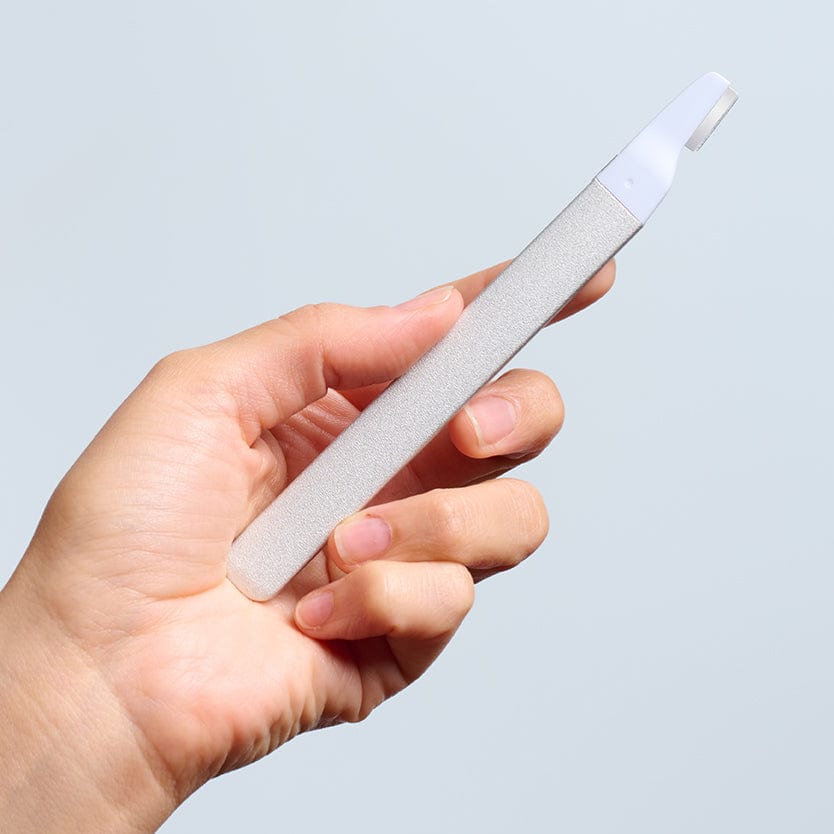5 Ways To Prevent Skin Cancer
Written by Kerry Benjamin

May is skin cancer prevention month, and with that, we’ve got some good news and some bad news. The bad? Skin cancer is more common than you might think. According to the American Academy of Dermatology, one in five Americans will develop skin cancer in their lifetime. Skin cancer is also the second most common form of cancer among women in their 30s. The good news is, it’s one of the easiest forms of cancer to prevent. Here are 5 things you can do to step up your skin cancer prevention game.
GET FRIENDLY WITH SPF
Nearly 90% of skin cancers are caused by UV rays, so make sunscreen your new best friend. Although UV rays are strongest in the summer, they can cause damage all year round so apply sunscreen every day, no matter the season. Use a broad-spectrum sunscreen of SPF 30+ that protects against UVA and UVB rays and reapply every 2-3 hours, especially after you swim or sweat. Skin cancer can show up anywhere, so don’t neglect your hands, neck and decollete when you apply.
SEEK SHADE
Stay out of the sun between 10-4pm, when the sun’s rays are the strongest and most dangerous. If you can’t avoid the sun, protect your skin by wearing wide brim hats and breathable clothing that covers your arms and legs.
LEAVE THE TAN
There’s no such thing as a safe tan. When your skin is exposed to UV rays, your skin goes into protection mode and produces darker pigment called melanin in an effort to protect itself. And although it might look cute, a change in skin color is actually a sign of skin cell damage. If you think tanning beds are safer than the sun, think again. Indoor tanning beds expose your skin to high levels of UV rays— even one session can seriously increase your risk for skin cancer.
DO A SKIN CHECK
The sooner you notice something, the sooner you can treat it-- the simplest way to practice early detection is with a skin self-exam. The Skin Cancer Foundation recommends a head-to-toe skin self-exam once a month, so use a full length mirror and check your skin for anything you haven’t seen before. Look for moles, blemishes, freckles and any other marks that look new or are unusual in shape, texture, or color. Keep an eye out for spots or sores that itch, hurt, bleed, or just won’t heal. Use a hand mirror to examine parts of your skin that aren’t so easy to see, and use a hair dryer to help you examine your scalp. Notice something suspicious? Contact your dermatologist right away.
SEE A DERM
Even if you’re keeping up with your monthly skin checks, dermatologists still recommend seeing a doc once a year, and more often for anyone who is at higher risk. Docs can do a more thorough exam, and notice things you might miss when looking at your skin at home.
GET FRIENDLY WITH SPF
Nearly 90% of skin cancers are caused by UV rays, so make sunscreen your new best friend. Although UV rays are strongest in the summer, they can cause damage all year round so apply sunscreen every day, no matter the season. Use a broad-spectrum sunscreen of SPF 30+ that protects against UVA and UVB rays and reapply every 2-3 hours, especially after you swim or sweat. Skin cancer can show up anywhere, so don’t neglect your hands, neck and decollete when you apply.
SEEK SHADE
Stay out of the sun between 10-4pm, when the sun’s rays are the strongest and most dangerous. If you can’t avoid the sun, protect your skin by wearing wide brim hats and breathable clothing that covers your arms and legs.
LEAVE THE TAN
There’s no such thing as a safe tan. When your skin is exposed to UV rays, your skin goes into protection mode and produces darker pigment called melanin in an effort to protect itself. And although it might look cute, a change in skin color is actually a sign of skin cell damage. If you think tanning beds are safer than the sun, think again. Indoor tanning beds expose your skin to high levels of UV rays— even one session can seriously increase your risk for skin cancer.
DO A SKIN CHECK
The sooner you notice something, the sooner you can treat it-- the simplest way to practice early detection is with a skin self-exam. The Skin Cancer Foundation recommends a head-to-toe skin self-exam once a month, so use a full length mirror and check your skin for anything you haven’t seen before. Look for moles, blemishes, freckles and any other marks that look new or are unusual in shape, texture, or color. Keep an eye out for spots or sores that itch, hurt, bleed, or just won’t heal. Use a hand mirror to examine parts of your skin that aren’t so easy to see, and use a hair dryer to help you examine your scalp. Notice something suspicious? Contact your dermatologist right away.
SEE A DERM
Even if you’re keeping up with your monthly skin checks, dermatologists still recommend seeing a doc once a year, and more often for anyone who is at higher risk. Docs can do a more thorough exam, and notice things you might miss when looking at your skin at home.
About the Author

Kerry Benjamin, a licensed aesthetician, has over 14 years of experience. Kerry is the driving force behind StackedSkincare. As the company's CEO, Kerry has dedicated her career to revolutionizing skincare. Her innovative approach combines peels, serums, and specialized tools to effectively address a wide range of skin concerns. CA LE license number Z98459.

